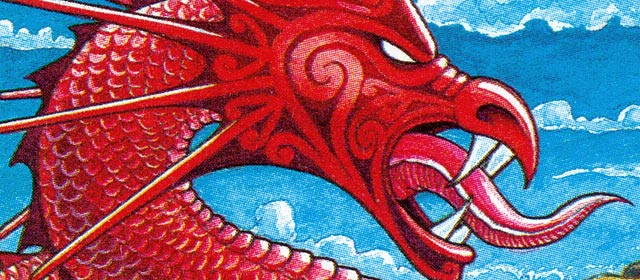Over the past three weeks we have been learning about our amazing environment(s). There are so many incredible plants, animals, and natural wonders to enjoy here on earth. If we want to keep enjoying them, however, we need to be careful and thoughtful about what we do and how we act.
This week we are going to talk about what we can do to protect, preserve, and sustain our natural world. We are going to become ‘nature ninjas!’
Day 1: Preserving the past
Activity 1: World of Wearable (WOW) Art
If we want to protect our natural world, we must be thoughtful about what we make, how we make it and how we dispose of it (throw it away). At the moment, the waste in New Zealand is separated into two main categories: 1. Recycled items (eg. bottles, cans, paper) and, 2. Non-recycled items (rubbish). Most of the rubbish is collected by rubbish trucks and taken to a rubbish tip (landfill) where it is dumped and never used again. Much of the recycled material is to taken to a place where it is sorted, separated and sent out to be used again.
The idea of reusing materials was taken to a whole new level by a woman named Dame Suzie Moncrieff who, thirty years ago, created an event in New Zealand called the ‘World of WearableArt’ (WOW). WOW takes place in Wellington (and in other cities) every year. Artists from around the world create outfits made entirely from recycled materials.
Let’s imagine that you were invited to this year’s WOW awards and you were able to interview the creator.
On your blog, list five interview questions that you would like to ask Dame Suzie Moncrieff.
What gave you the idea to create WOW?
Did you collaborate with anyone to create WOW? If you did, who?
What was your first dress you made and what material was it made with?
How long does it take to make a dress?
What is the process of making a dress?
Activity 2: Guardians of the Sea
One of the largest rivers in New Zealand is called the Waikato River. It is found in the central part of the North Island of New Zealand. The river (awa) was given the name ‘Waikato’ (meaning flowing water) by a group of men and women from the Tainui iwi who, legend has it, travelled down the Waikato years ago and settled in the area. According to Māori legend, the Waikato River has hundreds of taniwha (mythical water spirits) living in it, guarding the sea.
Once you have finished learning about taniwha go to your blog.
On your blog tell us whether, or not, you believe that taniwha exist. Be sure to explain to us why you feel this way.

I do because our ancestors wrote stories about the encounters with the taniwha. It would be a bit scary to see a taniwha but if you were brave enough you might even make a new friend.
Activity 3: The Sky in Shanghai
One day I would really like to travel to China. It is a country with a rich history, vibrant cities, tasty food, and fascinating architecture (buildings). Unfortunately, some of the largest Chinese cities have high rates of air pollution. The air pollution in Beijing, one of the largest cities in China, can get so bad that roads are closed, flights are cancelled and events are postponed while they wait for the smog in the air to clear. The terrible pollution is also having fatal (deadly) effects as, approximately, 1.1 million people in China died last year from air pollution-related causes. The Chinese government is very concerned and they have introduced a number of strategies (ideas) to reduce the pollution levels. Imagine that you were asked to travel to Beijing. How would you feel?
On your blog, write a poem that describes your feelings about travelling to Beijing, China.
Visiting China might be fun
In my opinion China looks awesome
Still, there is a nagging voice in my head
I hear of the huge amounts of pollution
That causes deaths of millions of people
I am still fine about going to China
Never have I declined an awesome opportunity to go to a new country
Going to China might be the most awesome thing I have ever done.